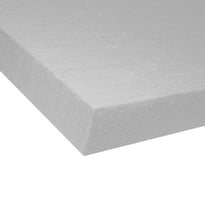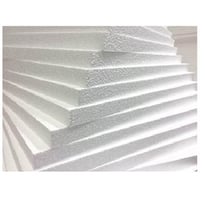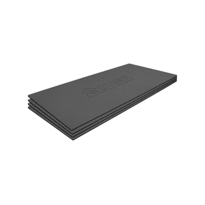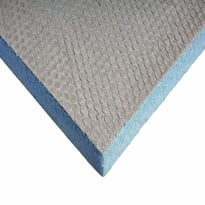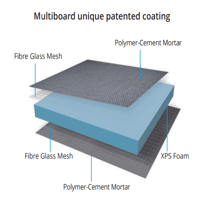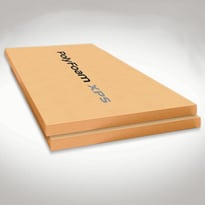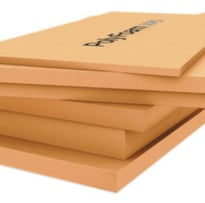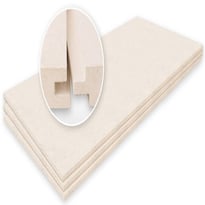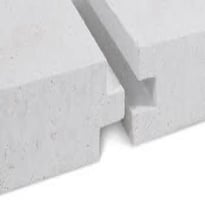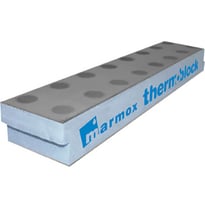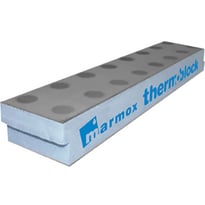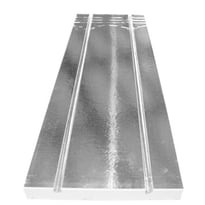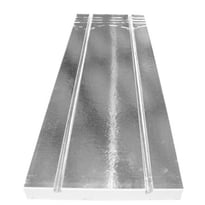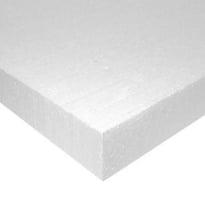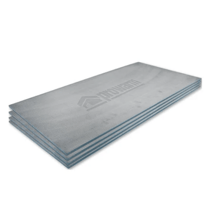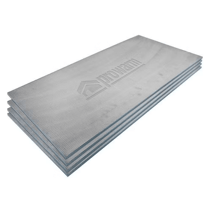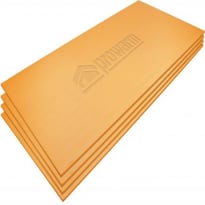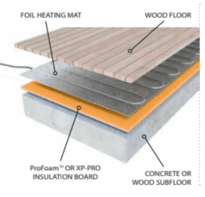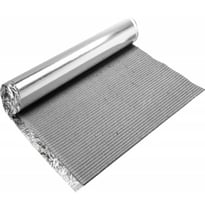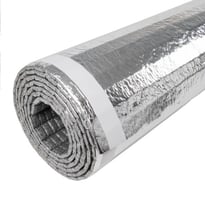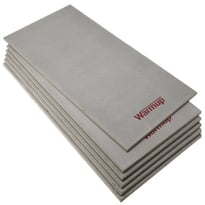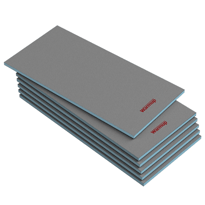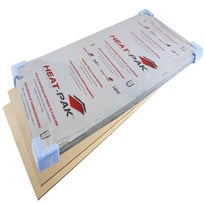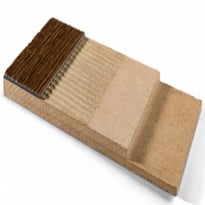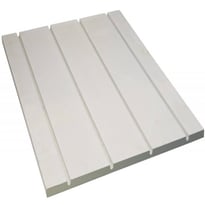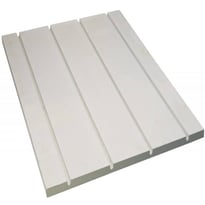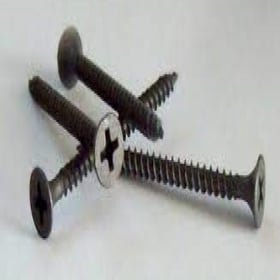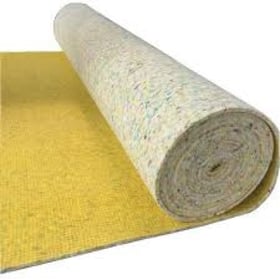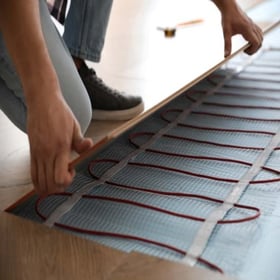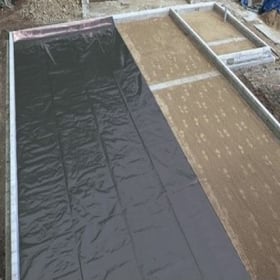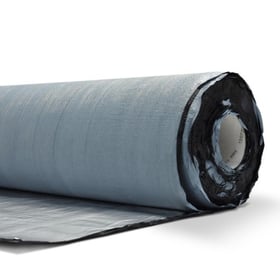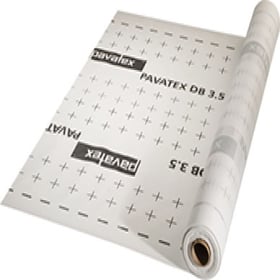Underfloor Insulation
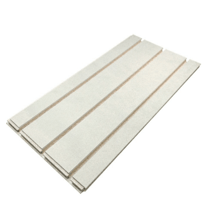
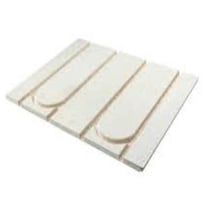
Prowarm Profloor Pre-routed Chipboard - Underfloor Heating Boards - 600 x 22mm
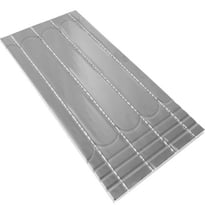
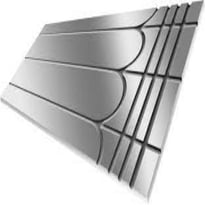
Prowarm LoFlo Lite - Dual Purpose Underfloor Heating Boards - 1200 x 600mm
Similar Categories
Underfloor Insulation: A Guide for Homeowners in the U.K.
Underfloor insulation is one of the most effective ways to improve the energy efficiency and comfort of your home. It can reduce heat loss, lower your heating bills, and make your floors feel warmer and more pleasant.
In this article, we will explain what underfloor insulation is, why you should consider it, how to choose the right type and thickness of insulation, and how to install it properly. We will also answer some of the most common questions and concerns that homeowners have about underfloor insulation.
What is Underfloor Insulation?
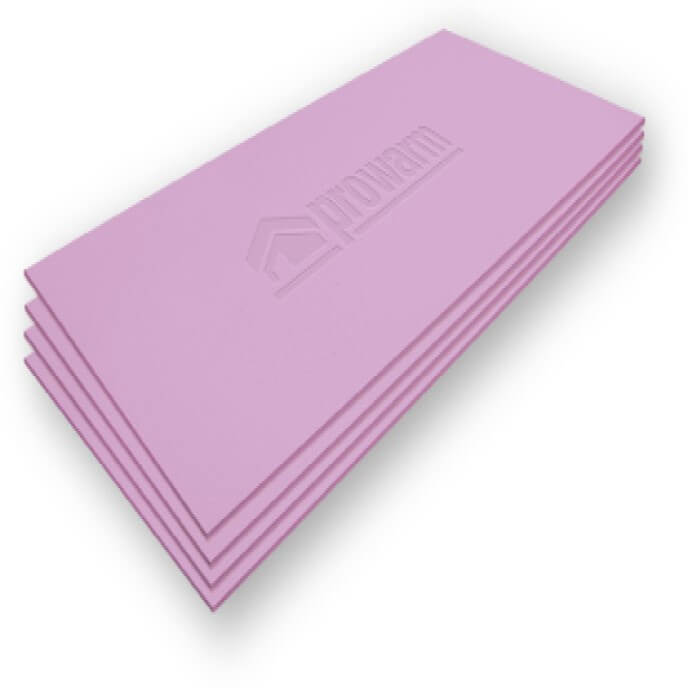 Underfloor insulation is the process of adding a layer of insulating material between the floor and the ground or the floor and the air below it. The purpose of underfloor insulation is to prevent heat from escaping through the floor, which can account for up to 15% of the total heat loss in a typical home. By reducing heat loss, underfloor insulation can help you save money on your energy bills, reduce your carbon footprint, and improve the comfort and health of your home.
Underfloor insulation is the process of adding a layer of insulating material between the floor and the ground or the floor and the air below it. The purpose of underfloor insulation is to prevent heat from escaping through the floor, which can account for up to 15% of the total heat loss in a typical home. By reducing heat loss, underfloor insulation can help you save money on your energy bills, reduce your carbon footprint, and improve the comfort and health of your home.
There are two main types of underfloor insulation: solid floor insulation and suspended floor insulation. The type of insulation that you need depends on the type of floor that you have.
Solid Floor Insulation
Solid floor insulation is suitable for homes that have a concrete or screed floor that is in direct contact with the ground. This type of floor is usually found in newer homes or extensions. Solid floor insulation involves adding a layer of rigid insulation boards on top of the existing floor and then covering it with a new floor finish, such as tiles, laminate, or carpet.
The insulation boards can be made of various materials, such as polystyrene, polyurethane, or phenolic foam. The thickness of the insulation boards depends on the level of insulation that you want to achieve.
The benefits of solid floor insulation are:
- It can significantly reduce heat loss through the floor, especially if the existing floor has no insulation or a low level of insulation.
- It can make the floor feel warmer and more comfortable, as the insulation boards act as a thermal barrier between the cold ground and the floor surface.
- It can prevent damp and mould problems, as the insulation boards create a vapour barrier that stops moisture from rising from the ground into the floor.
The drawbacks of solid floor insulation are:
- It can raise the level of the floor, which may require adjustments to the doors, skirting boards, and other fixtures and fittings.
- It can be expensive and disruptive, as it involves removing the existing floor finish and installing a new one.
- It can reduce the floor-to-ceiling height, which may affect the aesthetics and ventilation of the room.
Examples of Underfloor Insulation by Buy Insulation Online
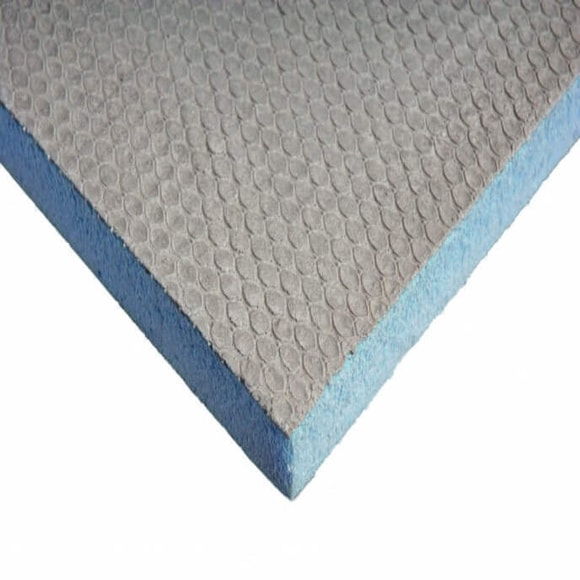 Some examples of the products that you can use for Underfloor insulation are:
Some examples of the products that you can use for Underfloor insulation are:
Jablite Jabfloor EPS70 Polystyrene Insulation Board: This is a lightweight and easy-to-cut insulation board that is made of expanded polystyrene. It has a thermal conductivity of 0.038 W/mK and a compressive strength of 70 kPa. It is available in various thicknesses, from 25mm to 150mm, and in various sizes, from 1200mm x 450mm to 2400mm x 1200mm. It is suitable for domestic and commercial applications, and it can be used with underfloor heating systems.
Prowarm XPS Underfloor Insulation Boards: This is a high-performance and moisture-resistant insulation board that is made of extruded polystyrene. It has a thermal conductivity of 0.029 W/mK and a compressive strength of 300 kPa. It is available in two thicknesses, 6mm and 10mm, and in one size, 1200mm x 600mm. It is designed for use with electric underfloor heating systems, and it can be used with any type of floor finish.
Prowarm ProFloor Pre-Routed Chipboard Underfloor Heating Boards: This is a unique and innovative insulation board that is made of high-density chipboard. It has a thermal conductivity of 0.13 W/mK and a compressive strength of 600 kPa. It is available in one thickness, 18mm, and in one size, 1200mm x 600mm. It has pre-routed channels that allow for the installation of water underfloor heating pipes, and it can be used with any type of floor finish.
Marmox Multiboard: This is a versatile and multi-purpose insulation board that is made of extruded polystyrene with a fibreglass mesh and a cement coating. It has a thermal conductivity of 0.035 W/mK and a compressive strength of 300 kPa. It is available in various thicknesses, from 4mm to 50mm, and in various sizes, from 600mm x 600mm to 2500mm x 600mm. It can be used for various applications, such as floor insulation, wall insulation, tile backing, and waterproofing.
Polyfoam Floorboard Extra XPS Insulation: This is a durable and robust insulation board that is made of extruded polystyrene. It has a thermal conductivity of 0.030 W/mK and a compressive strength of 300 kPa. It is available in various thicknesses, from 25mm to 100mm, and in one size, 2400mm x 600mm. It is suitable for heavy-duty applications, such as ground floors, basements, and car parks, and it can be used with underfloor heating systems.
Cellecta HiDeck Overlay Underfloor Heating Board: This is a premium and innovative insulation board that is made of high-density polystyrene with a laminated foil layer. It has a thermal conductivity of 0.033 W/mK and a compressive strength of 200 kPa. It is available in one thickness, 18mm, and in one size, 1200mm x 600mm. It has pre-grooved channels that allow for the installation of electric underfloor heating cables, and it can be used with any type of floor finish.
Marmox Thermablock: This is a special and innovative insulation block that is made of extruded polystyrene with a load-bearing concrete layer. It has a thermal conductivity of 0.047 W/mK and a compressive strength of 900 kPa. It is available in one thickness, 65mm, and in one size, 600mm x 100mm. It is designed to reduce the thermal bridging at the junction of the floor and the wall, and it can be used with any type of floor insulation and floor finish.
You can find more information and details about these products on our website Buy Insulation Online, where you can also order from us online and get it delivered to your door. You can visit our website and browse our wide range of underfloor insulation products and services.
Why Should You Consider Underfloor Insulation?
Underfloor insulation can offer many benefits for homeowners in the U.K. It's essential to have effective insulation beneath the underfloor heating pipes to counteract downward heat loss. The goal is to encourage maximum heat to ascend and warm up the living space.
When planning an underfloor heating system, it's crucial to take into account the building's insulation level and fabric, as they directly impact the system's efficiency. A well-insulated property allows the Underfloor heating to operate at lower temperatures, sometimes below 40°C, leading to energy and cost savings.
Considerations for underfloor insulation:
1. Is the room you intend to heat already adequately insulated, such as a recently added extension?
2. Does the room feature multiple windows and lofty ceilings? These factors may necessitate a higher heating output.
3. What type of floor construction is in place? Whether it's concrete, timber joists, or an upper-level floor, the choice matters in optimising the Underfloor Insulation.
How to Choose the Right Type and Thickness of Underfloor Insulation?
The type and thickness of underfloor insulation that you need depends on several factors, such as:
- The type of floor that you have: As explained above, there are two main types of underfloor insulation: solid floor insulation and suspended floor insulation. The type of floor that you have determines the type of insulation that you can use, and the installation method that you need to follow.
- The level of insulation that you want to achieve: The level of insulation that you want to achieve depends on your personal preference, your budget, and the building regulations that apply to your home. The level of insulation is measured by the U-value, which is the rate of heat loss through a given area of a structure. The lower the U-value, the higher the level of insulation. The U.K. building regulations set the minimum U-value requirements for different types of floors, depending on the age and location of the building.
- The availability and cost of the insulation material: The availability and cost of the insulation material depend on the type, quality, and quantity of the material that you need, and the supplier that you choose. You can compare different types of insulation materials based on their thermal conductivity, which is the measure of how well they transfer heat. The lower the thermal conductivity, the better the insulation performance.
How to Install Underfloor Insulation Properly?
The installation of underfloor insulation can be a DIY project or a professional job, depending on the type of floor that you have, the type of insulation that you use, and your level of skill and experience. In general, the installation of underfloor insulation involves the following steps:
- Preparing the floor: This step involves cleaning the floor, removing any furniture or fittings, and checking for any signs of damage, dampness, or rot. If you have a solid floor, you may need to remove the existing floor finish and level the floor surface.
- Installing the insulation: This step involves cutting and fitting the insulation material between the floor and the ground or the floor and the space below it. If you have a solid floor, you may need to use adhesive, tape, or screws to secure the insulation boards on top of the floor.
- Finishing the floor: This step involves covering the insulation with a new floor finish, such as tiles, laminate, or carpet. If you have a solid floor, you may need to use a suitable underlay, such as plywood, fibreboard, or polythene, to protect the insulation and provide a smooth and level surface for the floor finish.
The installation of underfloor insulation can take from a few hours to a few days, depending on the size and complexity of the project.
Conclusion
Underfloor insulation is a worthwhile investment for homeowners in the U.K., as it can help you save money, save energy, and improve comfort. However, underfloor insulation is not a one-size-fits-all solution, and it requires careful planning, selection, and installation. Therefore, it is important to do your research, compare your options, and consult a professional, before you embark on your underfloor insulation project.
We hope that this article has provided you with some useful information and guidance on underfloor insulation. If you have any questions or comments, please feel free to contact us. We are always happy to help you with your insulation needs.
Frequently Asked Questions
Q: What is underfloor insulation?
A: Underfloor insulation refers to the installation of insulating materials beneath the floor of a building to improve thermal efficiency and reduce heat loss.
Q: How does underfloor insulation work?
A: Underfloor insulation works by creating a barrier that reduces heat transfer between the living space and the ground, helping to maintain a comfortable temperature indoors.
Q: What are the benefits of insulating a floor?
A: Insulating a floor can help reduce energy bills, improve comfort levels within the home, and contribute to overall energy efficiency by minimizing heat loss.
Q: What are the different types of underfloor insulation materials?
A: Some common types of underfloor insulation materials include rigid foam insulation, mineral wool insulation, and insulation boards.
Q: Do I need to comply with building regulations when adding underfloor insulation?
A: Yes, it is important to ensure that any underfloor insulation installation complies with relevant building regulations to meet safety and performance standards.
